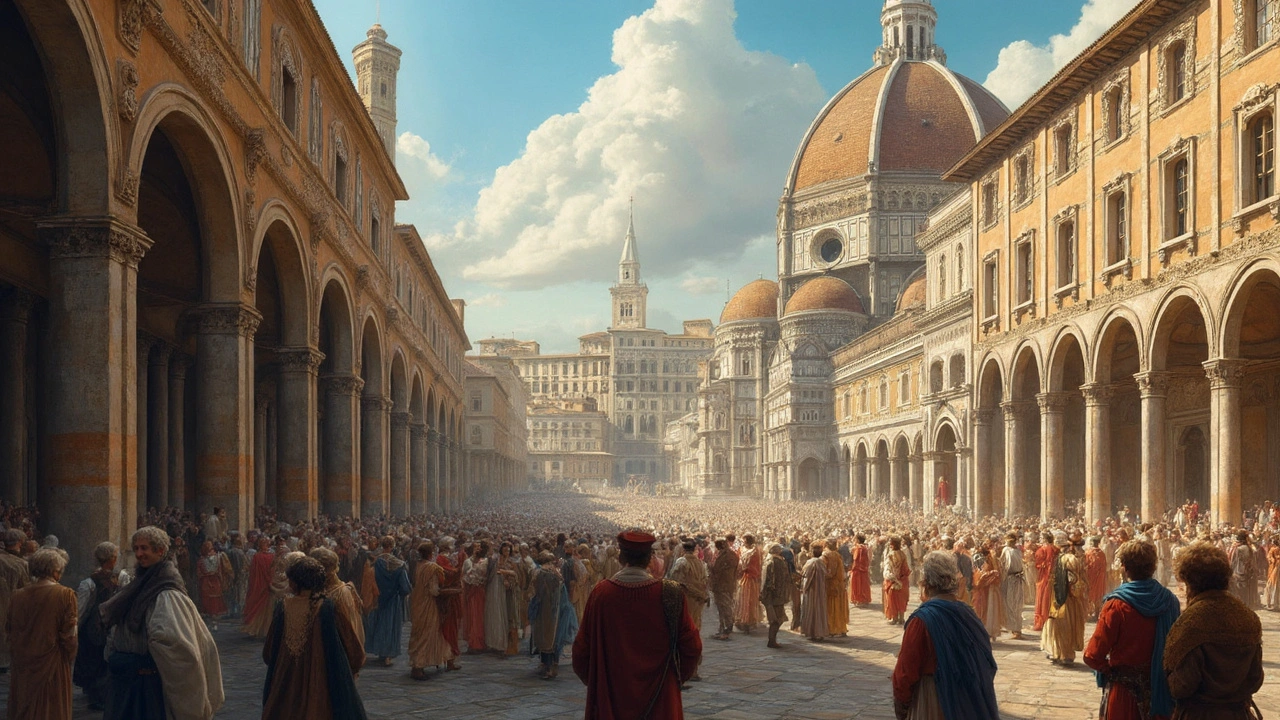Classical design: how to spot it and use it today
Classical design shows up in old city halls, grand townhouses, and quiet suburban homes. You know it by its balance, clear shapes, and details that feel measured. Want to recognize it or add a touch to your space without overdoing it? This page gives clear, useful tips and points out the main styles that fall under the classical umbrella.
What classical design looks like
Start with symmetry. Classical buildings often mirror one side to the other. Look for columns or pilasters, pediments over doors or windows, and a strong horizontal line at the roof called a cornice. The Greek Revival style uses simple, bold columns and a temple-like front. Roman and Renaissance-influenced buildings bring arches, domes, and more sculpted stonework. Georgian homes favor tidy proportions, brick facades, and sash windows. Beaux-Arts and Baroque lean heavier on ornament—big staircases, carved stone, and dramatic entrances.
Materials matter. Stone, brick, plaster, and carved wood are common. Details like dentil molding, classical orders (Doric, Ionic, Corinthian), and formal staircases are giveaways. Spots to notice them: civic buildings, older banks and museums, and many historic neighborhoods. If you like the look of a Roman dome or a Greek column, that visual language is all part of classical design.
How to add classical design to your home
Want classical without turning your home into a museum? Try one clear move at a time. Add crown molding or a simple cornice to give rooms a finished, classical edge. Swap plain door surrounds for a pedimented frame or add pilasters beside an entry. Use balanced furniture layouts and rugs to reinforce symmetry. For a bolder touch, introduce columns or an arched doorway in a transitional space like an entry hall.
Keep colors restrained. Whites, soft creams, muted blues, and warm brick tones match classical forms. Mix modern furniture with classical details to keep the look fresh: a sleek sofa under a traditional cornice or a glass table in a room with heavy molding keeps things light. If you’re renovating, match scale carefully. A tiny pediment on a large facade will look odd—classical design relies on proportion.
Preservation tip: if your house is historic, document existing details before any change. Photos and measured drawings help tradespeople match profiles and materials. When in doubt, simplify rather than add fake ornament. Authenticity often wins over over-embellishment.
Classical design is about order, durable materials, and visual calm. Whether you love Greek columns, Georgian symmetry, or Beaux-Arts drama, small, thoughtful choices will bring that timeless feel into a modern life. Want examples or step-by-step projects? Check the linked articles for specific styles and real-world ideas on how to use them.

Renaissance Architecture: Power, Wealth, and the Stories Told in Stone
Renaissance architecture wasn't just about good looks—it was a playground for showing off power and business smarts. This article unpacks how popes, kings, and merchants used grand buildings to shout their importance to the world. You'll see what set Renaissance design apart from what came before, and why Florence and Rome became hotspots for this style. Discover quirky details inside famous mansions, plus tips on how to spot Renaissance touches when you travel or scroll social media.
Read more